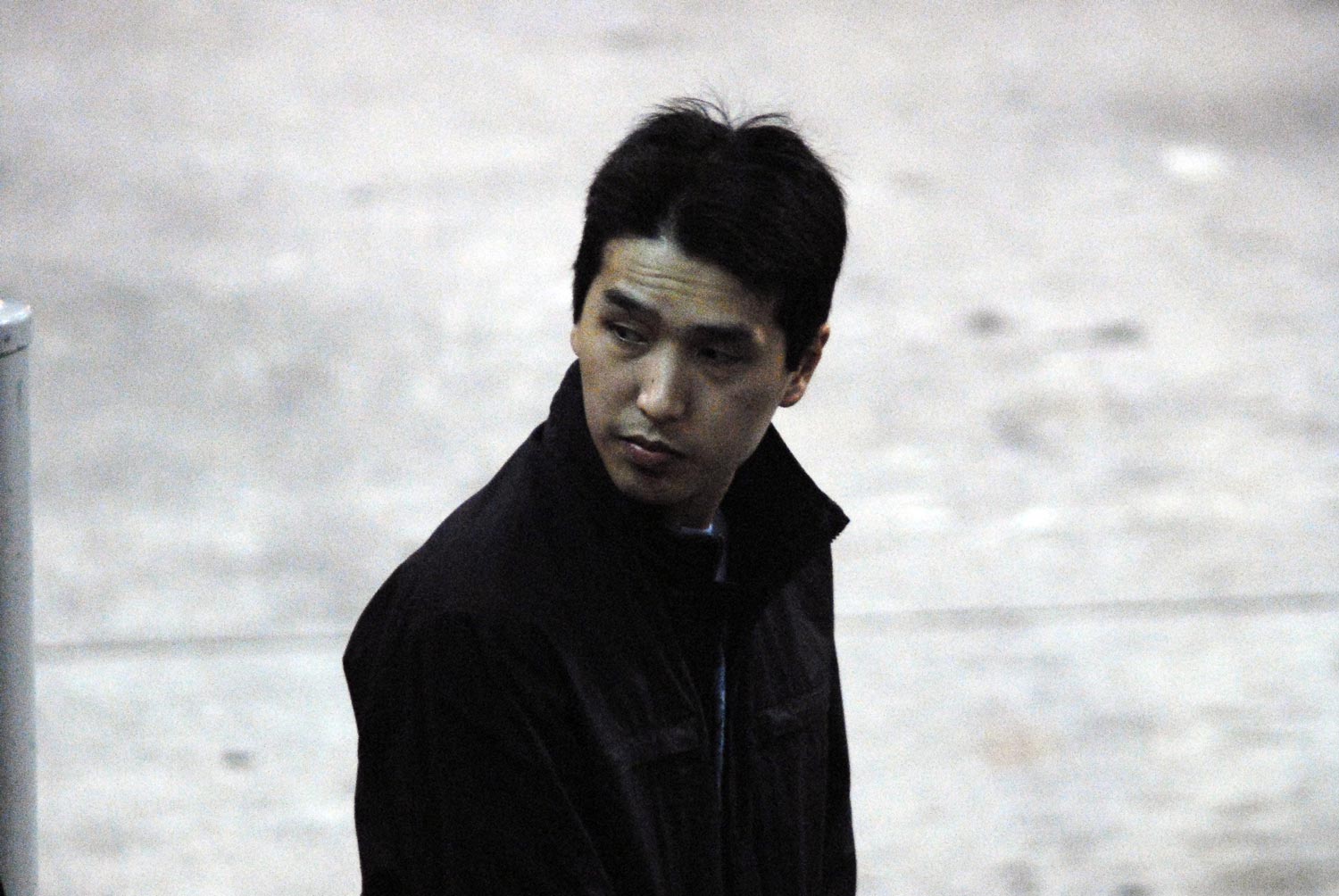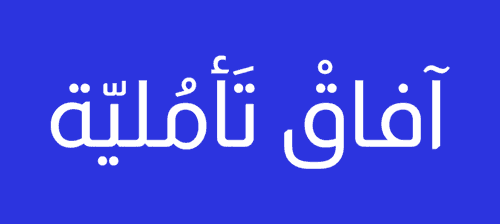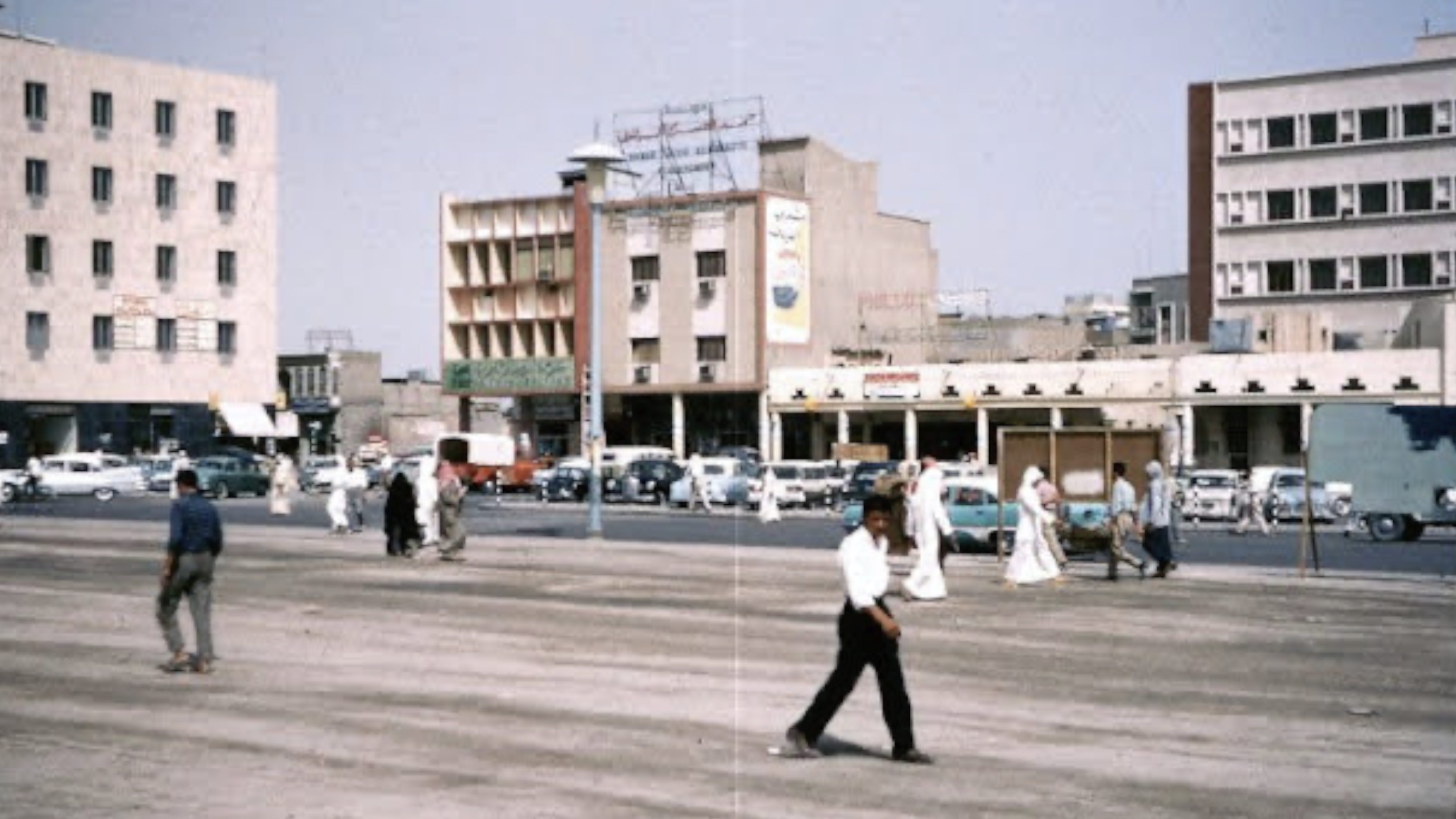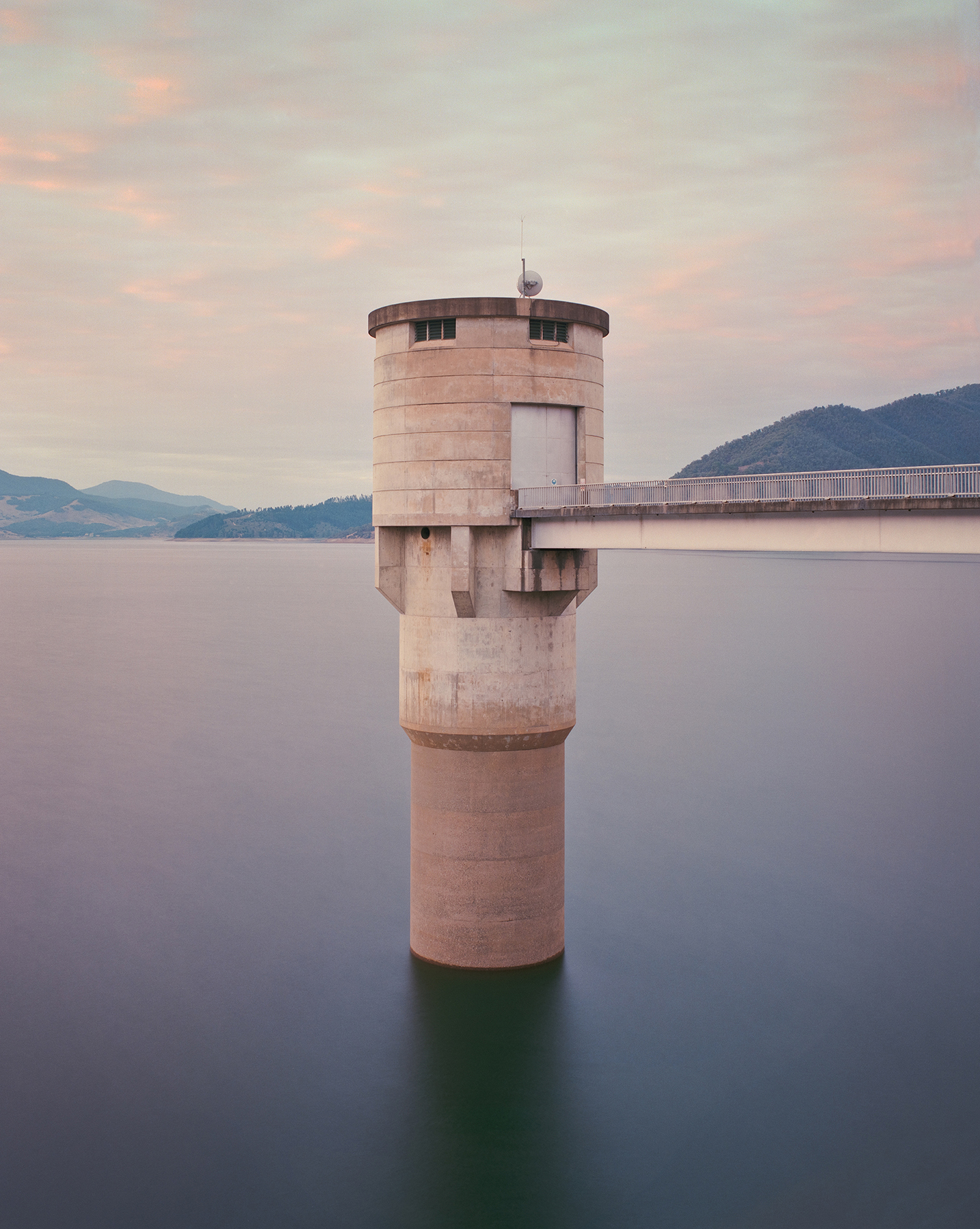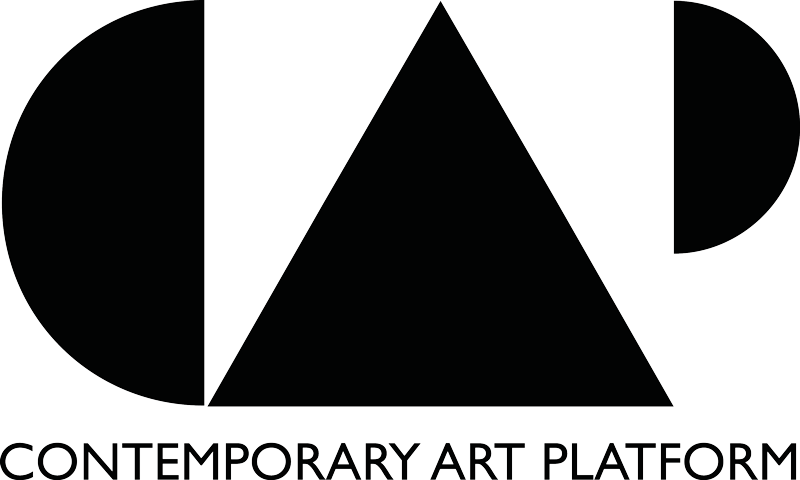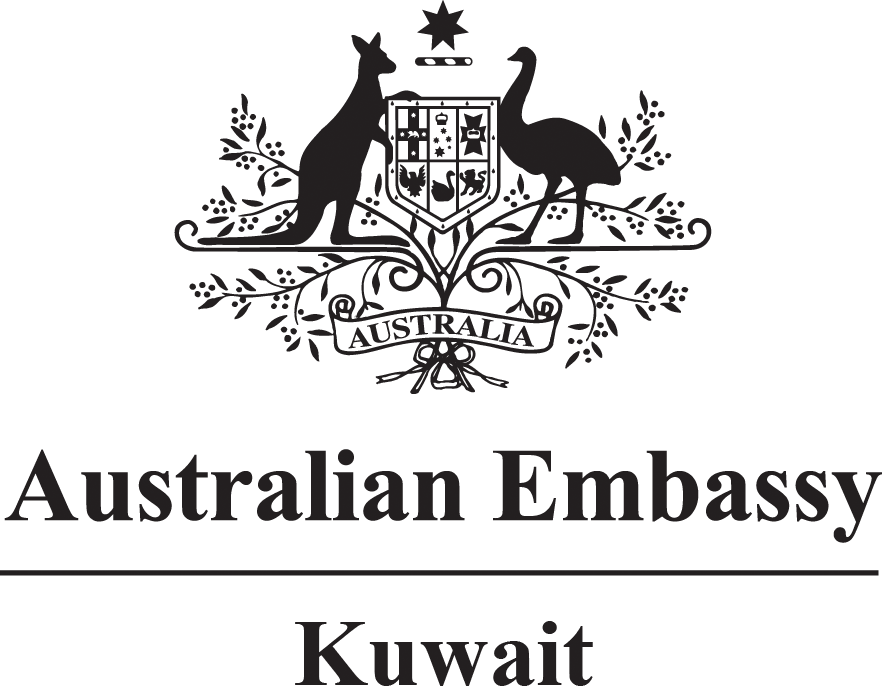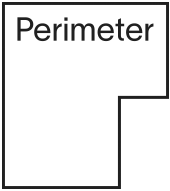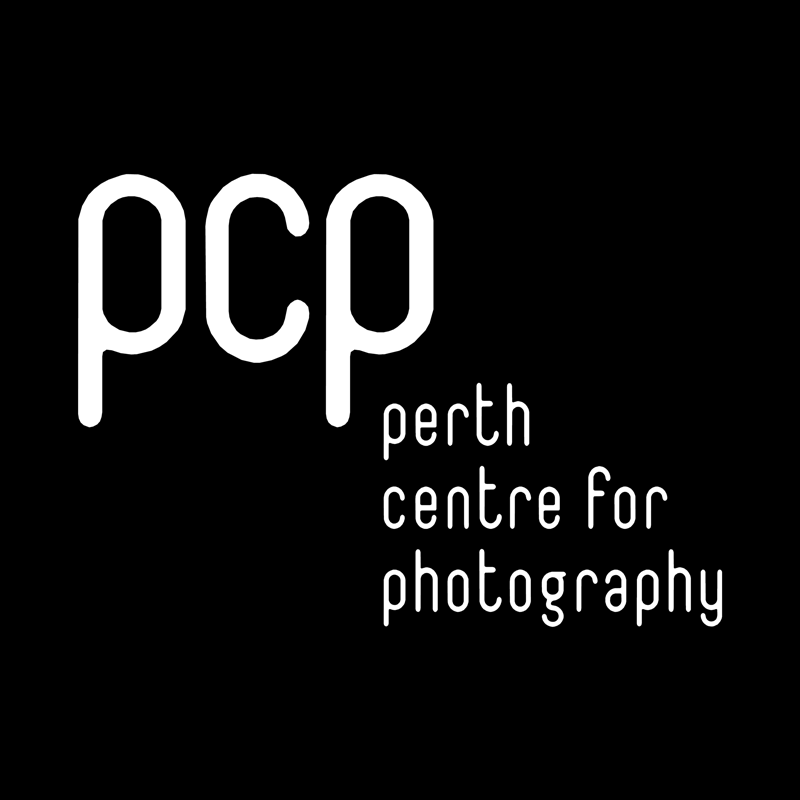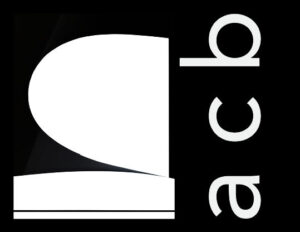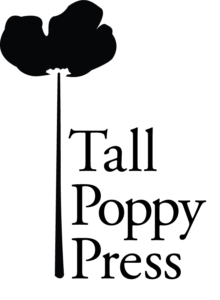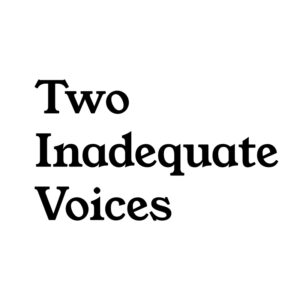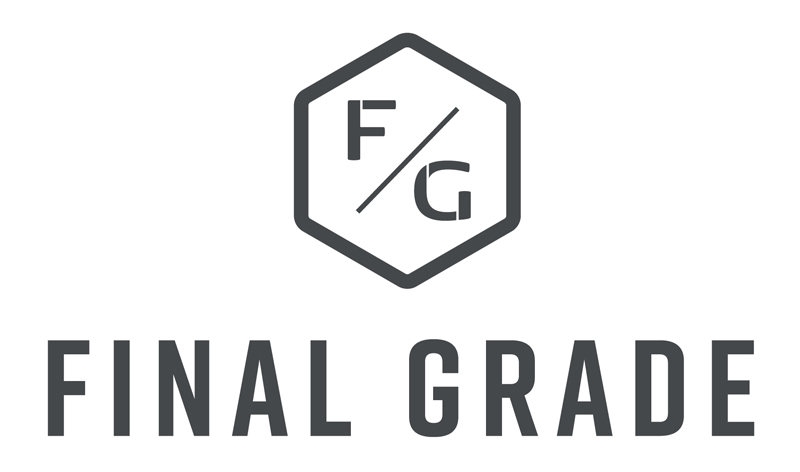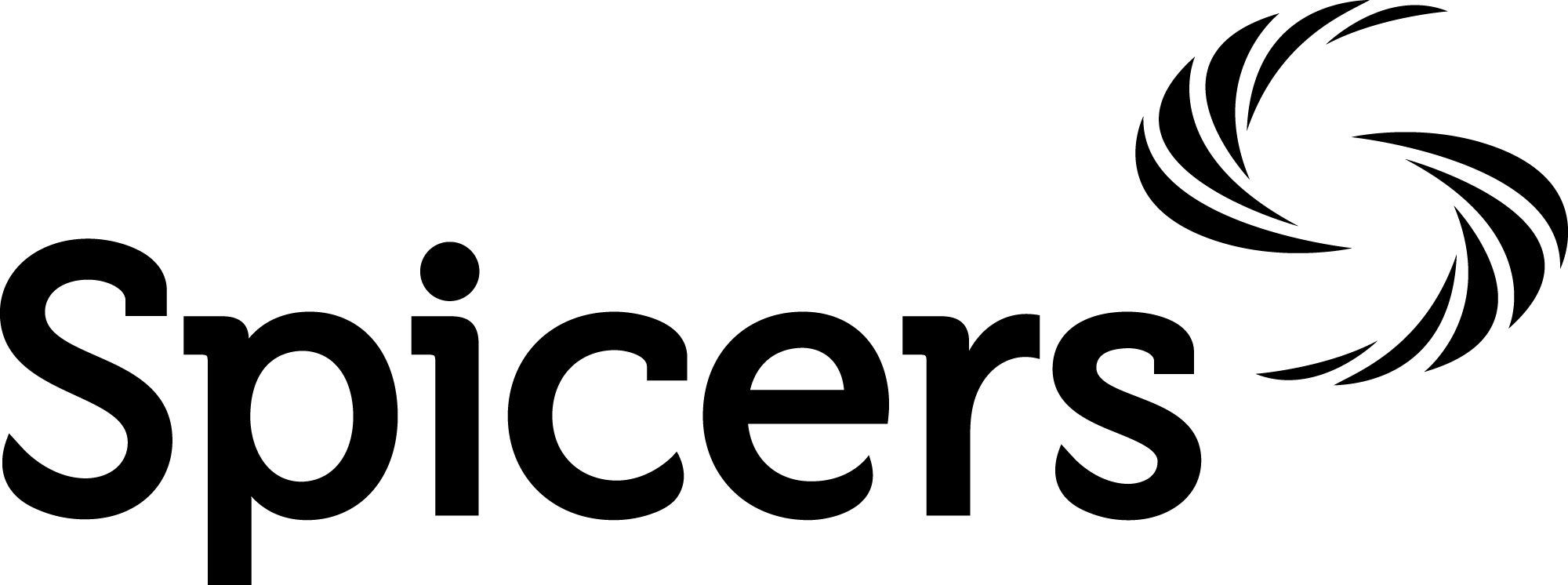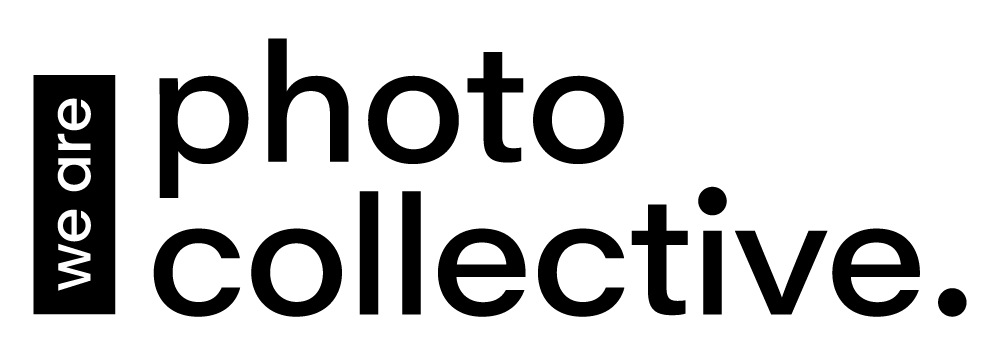Speculative Horizons will excitingly feature an inaugural exhibition at Contemporary Art Platform to showcase the dialogue between Kuwait and Australia and explore the overarching themes of ‘Land’ and ‘People’ and the interconnectedness between space/place and inhabitation/culture. The Kuwait-based image-makers have been selected from an Open Call and their works will be featured through a collaborative curatorial process alongside a selection of Australian artists that are featured on the Speculative Horizons website. These works will be commissioned from existing projects and printed by our supporter and master printer Peter Hatzipavlis from Final Grade – Fine Art Printing and Colour Grading Services through a sponsorship with Spicers paper suppliers in Australia who have kindly supplied a wide range of Hahnemuhle FineArt Paper.
Kuwait-based
Artists
Adel Ashkanani
Ashkanani is a Kuwaiti-based artist who works with different mediums that range from music, photography and film. He portrays a raw and dark perspective within Kuwaiti society by dissecting and challenging traditions and his work depicts a dark yet whimsical part of his world.
Ashkanani’s project was developed as an homage to a dear place that’s been in his family for generations, since the 1950’s. The purpose of his work is to create a makeshift person who resembles a distant version of a relative, an entity from another world emerging from the sea, and revisiting the broken fragments of a home away from home. These images reflect the absence of a life that was once the reality of his family, the daydreaming that came along with this space have now become fleeting memories that have been left behind in the form of broken-down furniture, decaying walls and a crumbling infrastructure.
Amal Abdullah Ghannam
Ghannam is a professional photographer who loves art and finds beauty everywhere: street noises, the people around them, the aesthetic nature of planet Earth, and in obscurity. The project describes the photos of Kuwaiti women who are forbidden to live their childhood because of the restrictions and traditions in Kuwait.
Deema Alghunaim
Alghunaim’s project explores landscapes of rest and labor, and questions notions of fertility and waste. The photographs were taken between the years 2015 and 2016 at the beaches of Shuwaikh, Sulaibikhat and Doha, and at the towns of Ahmadi and Jahra. Each of these places suffer from critical environmental and urban problems, yet they continue to attract people either for leisure or for work. Perhaps the vulnerability of these lands makes them subject to human curiosities
Alghunaim is an architect with an interest in urban renewal, development and using cultural tours as a method for research and local knowledge production. She also explores notions of landscape, language and sound through photography, painting, clay and creative writing.
Eman Alshawaf
Alshawaf’s project is an experimental piece that uses a scanner as an alternative camera to how one can find beauty in the act of grieving old selves and respecting how memories can crumble to become fragmented and anew.
Alshawaf is a multi-media artist whose work explores the meaning of vulnerability, emotional isolation, and the fragility of personal memories.
Hayzelyn Joy Barros
Barros’ project showcases the people in Kuwait from a different lens. Kuwait’s population is comprised of almost 70% international migrants who have arrived from countless different cultures yet living in a beautiful harmony with each other along with the nationals. In her photography she attempts to capture an insight into the daily lives of the diverse people residing within Kuwait.
Barros is originally from the Philippines and is now based in Kuwait. Her work explores Kuwait’s most mundane moments to try and capture the essence of life and the harmonious cultural blends of the city’s people.
Maryam Alghanim
Alghanim’s project is a series of photographs that capture the lifestyle of a Kuwaiti family in both their homeland and abroad. Themes of heritage, cross culture, and new environments are highlighted to signify the adaptation of one’s lifestyle bridging with foreign worlds.
Alghanim is a conceptual photographer, interior architect and an art historian. Her work in self-portraiture and research interests revolve around the folding and unfolding of one’s identity in relation to one’s surroundings. Maryam is in a constant exploration of the deconstruction and reconstruction of one’s own perception of their representation of both their body and mind
Samos
Samos’ project OF MOTION is a visual ritual blurred by the heat-stressed passages between utilities and settlements. During the challenging summer months, days are longer and journeys faster. The flow through place is directed by vehicles through glass barriers, hence the abstracted vision.
Samos pushes his to move to experiment with moments lost to memory. What remains a constant is the momentum through the concoction of land and people.
Sandra Pinedo
Pinedo‘s works sees how each place whispers a secret, a fragment of time, an aroma as a witness, an evaporated or eternalized moment; voices without language code are heard, and entering these spaces allows one to contemplate the feat… to be another, to be it, to be nothing, to be universal… one feels the passage of humanity and its desire… destruction or transformation? The organic balance is revealed before the eyes, the horizon is very generous.
Pinedo is an independent Spanish photographer based in Kuwait. Her relationship with photography began as a survival mechanism since moving to a new country. But it has since allowed her to reflect in images the point of union that connects us all with other cultures. The function of her photographs is to establish a connection that the viewer will define in their own way.
Shai Alfahran
Alfarhan creates works that often revolves around the sense of nostalgia and familiarity
Alfarhan is a multidisciplinary artist and art collector who works mainly in the medium of collage.
Australian
Artists
Anne Moffat
Moffat draws on familial ties to Malaysia, China, and New Zealand, as well as family migration to Australia, to inform her social documentation and portraiture.
Moffat is a photographer working across an array of editorial, commercial and personal projects currently based in Melbourne, Australia on unceded Wurundjeri land, and her work was awarded Jury’s Choice in the Prix Virginia (2020).
Chris Round
Round’s project, The Grand Scheme, photographs the infrastructure, landscapes, people and recreational activities through changing seasons, extreme local weather events, and record drought and flood conditions. With hope he has given the Snowy Hydro Scheme and the wider region a new visual perspective that adds to its rich history and national importance – a contemporary document of a landscape that changed in order for a nation to change.
Round is a landscape photographer based in Sydney. From documenting landscapes featuring direct human interventions to exploring ideas of place, his work primarily investigates our ever-changing relationship with the 21st Century environment.
Kaede James-Takamoto
James-Takamoto’s project, Milk Flower, is driven by letters written to me by my father who is Australian and the relationship with my mother who is Japanese. These letters often omit certain memories or reveal how my own interpretation and experience of those memories differ from his. I examine how moments in our past often interact with each other, and create an incomplete, imperfect yet complex construction of who we are; the alluring fractures of memory.
James-Takamoto is a Japanese-Australian artist based in Melbourne/Naarm. The daughter of two sculptors, she was surrounded by art at a young age which has heavily impacted her ways of seeing. Kaede’s practice utilises a process driven experimental approach with a focus on belonging, identity, and place.
Lee Grant
Grant – “Like many of my fellow Australians, I worry about our future; about our moral compass as a nation and how, politically, we have arrived at what might arguably be the strangest yet most fragile of history’s intersections. It’s through this looking glass, examining everyday life along Australia’s arterial highways and secondary roads, that this project is being explored. Land of Oz explores the surreal nature of the Australian landscape and the multiple and varied narratives of our past and present.”
Grant is a Korean-Australian photographer and researcher based on the South Coast of NSW with a background in social anthropology. Her commissions and long-term independent and collaborative projects deal with themes of community, identity and belonging and how landscape (both natural and inhabited) relates to these concepts
Mike Gray
Gray’s project, Corrupt, examines the nature–culture axis by bringing elements of the natural world together with the digital realm on the same visual plane through file manipulation.
Gray is an Australian artist who has exhibited nationally and internationally since 2003. Through predominately photographic and interdisciplinary lens-based works he examines dominant Western narratives that specifically intersect both Australian and personal concerns
Nicholas Hubicki
Hubicki’s project, Another Green World, is about a city that appeared identical to its former self, but wasn’t: Melbourne’s 112 day lockdown of 2020. The city became a place of invisible self-regulated boundaries, yet equally surveilled and policed, tangibly. The locked down city became a microcosm of photographic study; the city became – for those months – dystopian, sci-fi in real-time, a Foucauldian paradigm. The entropics of architecture, botany, technology, geology frozen in Silurian time – ongoing interests – became meditations within a restricted radius.
Hubicki’s work focuses on both the constructed and natural world, drawing upon sources such as architecture, urbanism, entropy, botany and geology. His work is conceived less as individual documents than as a discourse between things: their state, genealogy and memory.
Noah Thompson
Thompson’s project, Huon, is inspired by the conflicts we come into with one another over protecting or exploiting the natural world. The tensions that underpin these apparent dichotomies are not black and white but instead colored by traditions, livelihoods and community. Reinforced by notions of how we want to live and the means by which we can, this work traces the marks we leave on the earth, ourselves and each other.
Thompson is an Australian photographer working with expanded modes of documentary making. Coming from a background in political science and with an interest in visual narratives, his work examines the ways in which individual and community circumstance play out amongst broader social, political and cultural events.
Paul Batt
Batt’s series Service Station Portraits is part of an ongoing project documenting the self-reflective moments on the faces of individuals, at the service stations. They were made from his apartment with telephoto lens.
Batt is currently a PhD candidate in Fine Art (Photography) at Monash University, whose work has been exhibited widely throughout Australia and overseas in both group and solo exhibitions.
Speculative Horizons will excitingly feature an inaugural exhibition at Contemporary Art Platform to showcase the dialogue between Kuwait and Australia and explore the overarching themes of ‘Land’ and ‘People’ and the interconnectedness between space/place and inhabitation/culture. The Kuwait-based image-makers have been selected from an Open Call and their works will be featured through a collaborative curatorial process alongside a selection of Australian artists that are featured on the Speculative Horizons website. These works will be commissioned from existing projects and printed by our supporter and master printer Peter Hatzipavlis from Final Grade – Fine Art Printing and Colour Grading Services through a sponsorship with Spicers paper suppliers in Australia who have kindly supplied a wide range of Hahnemuhle FineArt Paper.
Australian Artists
Kuwait-based
Artists
Adel Ashkanani
Ashkanani is a Kuwaiti-based artist who works with different mediums that range from music, photography and film. He portrays a raw and dark perspective within Kuwaiti society by dissecting and challenging traditions and his work depicts a dark yet whimsical part of his world.
Ashkanani’s project was developed as an homage to a dear place that’s been in his family for generations, since the 1950’s. The purpose of his work is to create a makeshift person who resembles a distant version of a relative, an entity from another world emerging from the sea, and revisiting the broken fragments of a home away from home. These images reflect the absence of a life that was once the reality of his family, the daydreaming that came along with this space have now become fleeting memories that have been left behind in the form of broken-down furniture, decaying walls and a crumbling infrastructure.
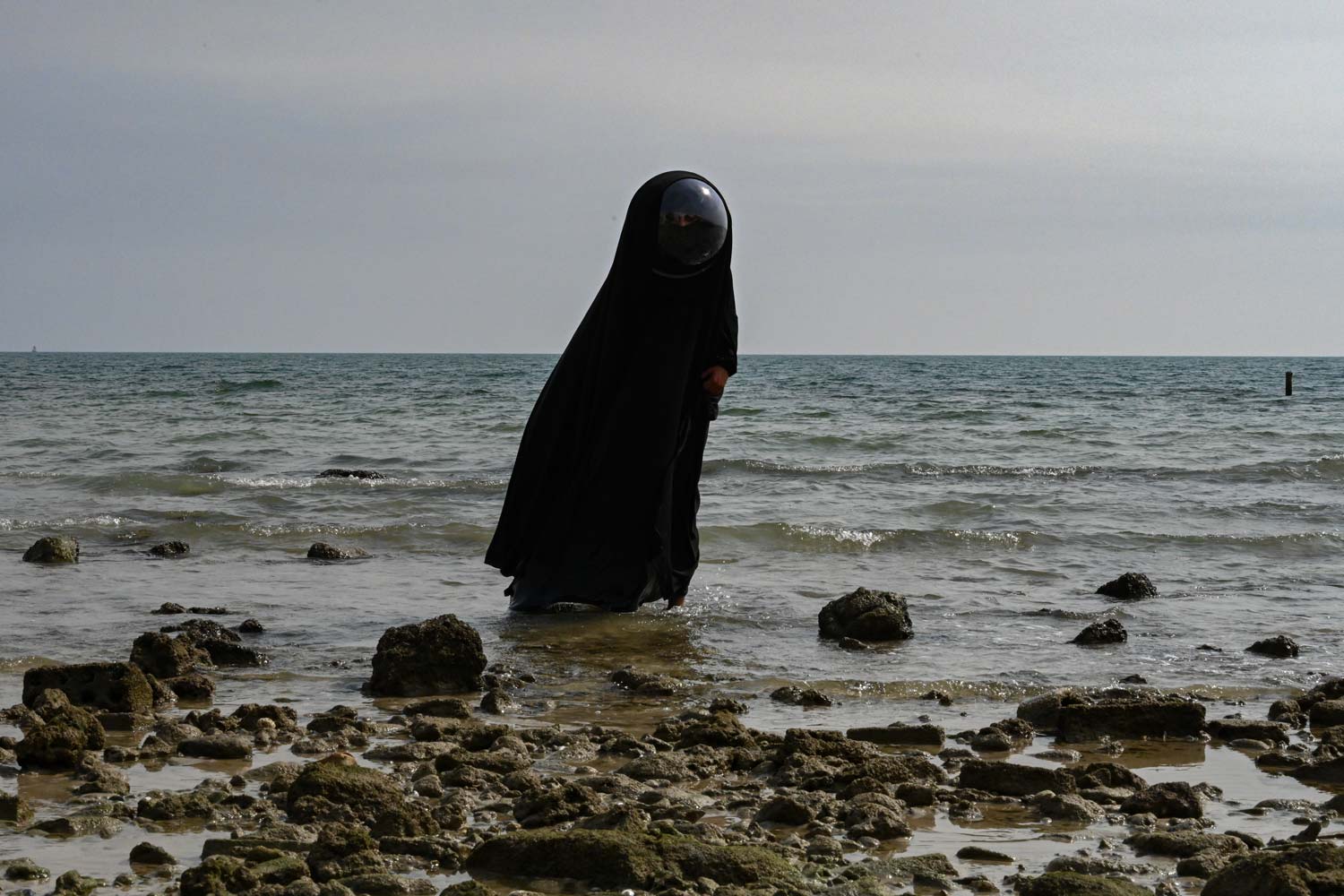
Amal Abdullah Ghannam
Ghannam is a professional photographer who loves art and finds beauty everywhere: street noises, the people around them, the aesthetic nature of planet Earth, and in obscurity. The project describes the photos of Kuwaiti women who are forbidden to live their childhood because of the restrictions and traditions in Kuwait.
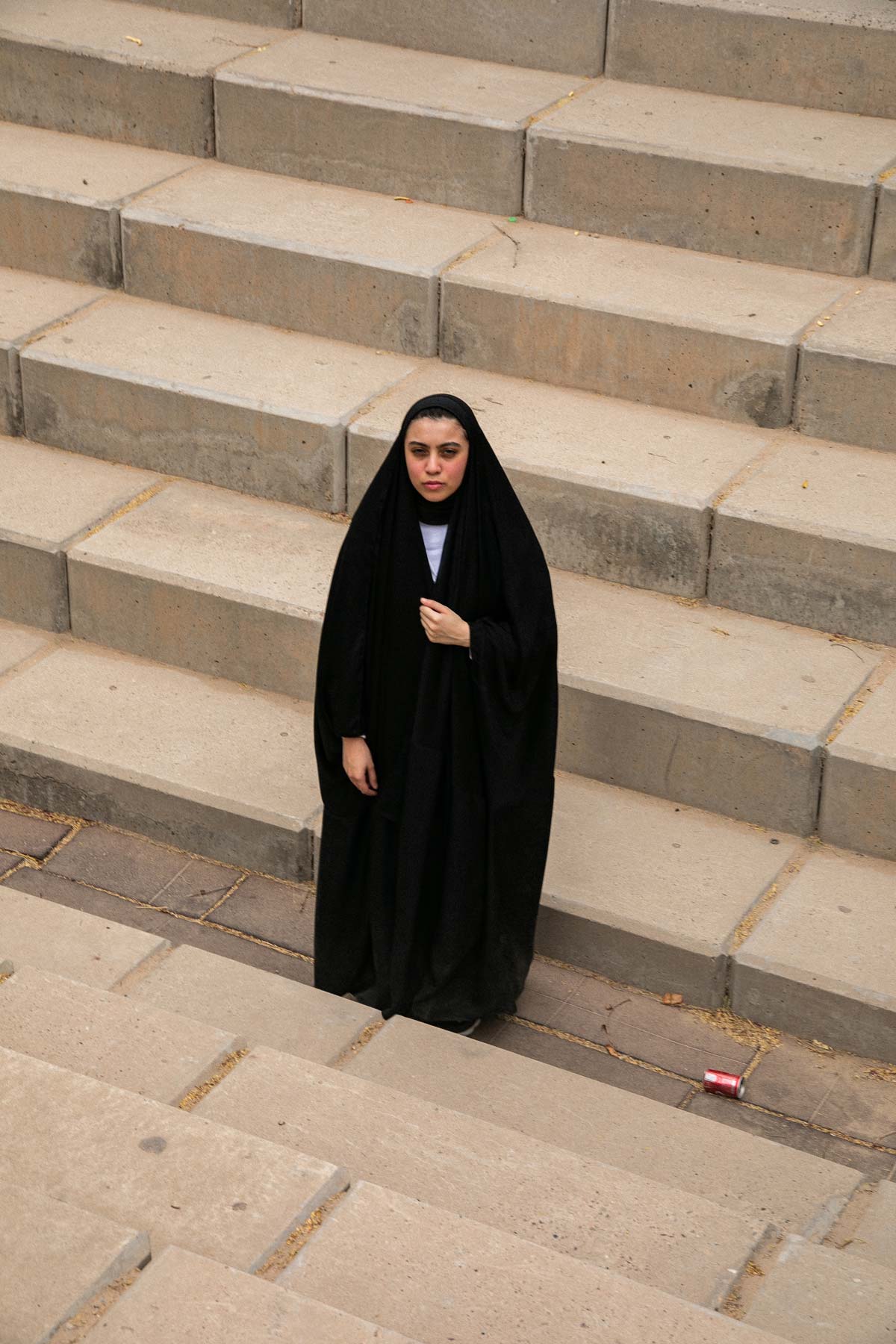
Deema Alghunaim
Alghunaim’s project explores landscapes of rest and labor, and questions notions of fertility and waste. The photographs were taken between the years 2015 and 2016 at the beaches of Shuwaikh, Sulaibikhat and Doha, and at the towns of Ahmadi and Jahra. Each of these places suffer from critical environmental and urban problems, yet they continue to attract people either for leisure or for work. Perhaps the vulnerability of these lands makes them subject to human curiosities
Alghunaim is an architect with an interest in urban renewal, development and using cultural tours as a method for research and local knowledge production. She also explores notions of landscape, language and sound through photography, painting, clay and creative writing.
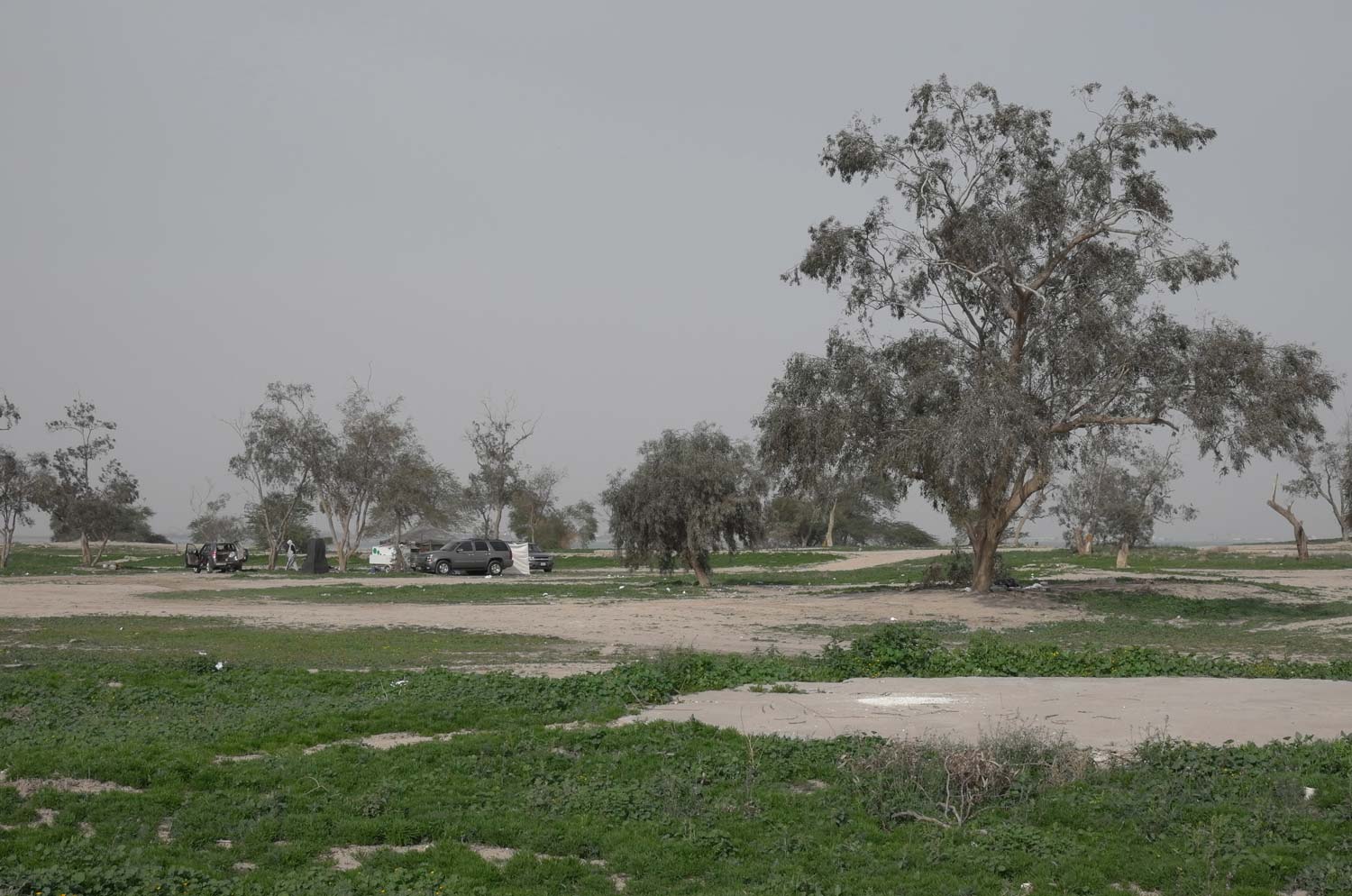
Eman Alshawaf
Alshawaf’s project is an experimental piece that uses a scanner as an alternative camera to how one can find beauty in the act of grieving old selves and respecting how memories can crumble to become fragmented and anew.
Alshawaf is a multi-media artist whose work explores the meaning of vulnerability, emotional isolation, and the fragility of personal memories.
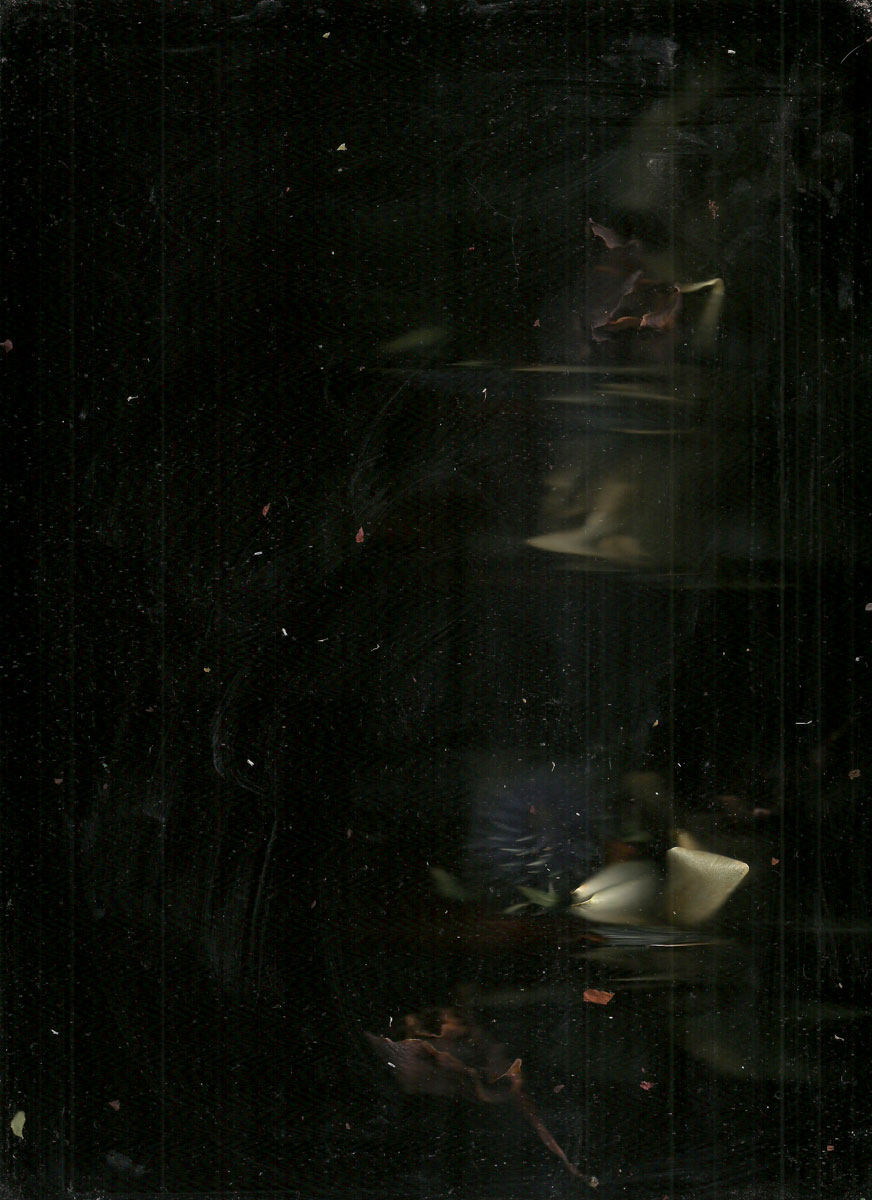
Hayzelyn Joy Barros
Barros’ project showcases the people in Kuwait from a different lens. Kuwait’s population is comprised of almost 70% international migrants who have arrived from countless different cultures yet living in a beautiful harmony with each other along with the nationals. In her photography she attempts to capture an insight into the daily lives of the diverse people residing within Kuwait.
Barros is originally from the Philippines and is now based in Kuwait. Her work explores Kuwait’s most mundane moments to try and capture the essence of life and the harmonious cultural blends of the city’s people.
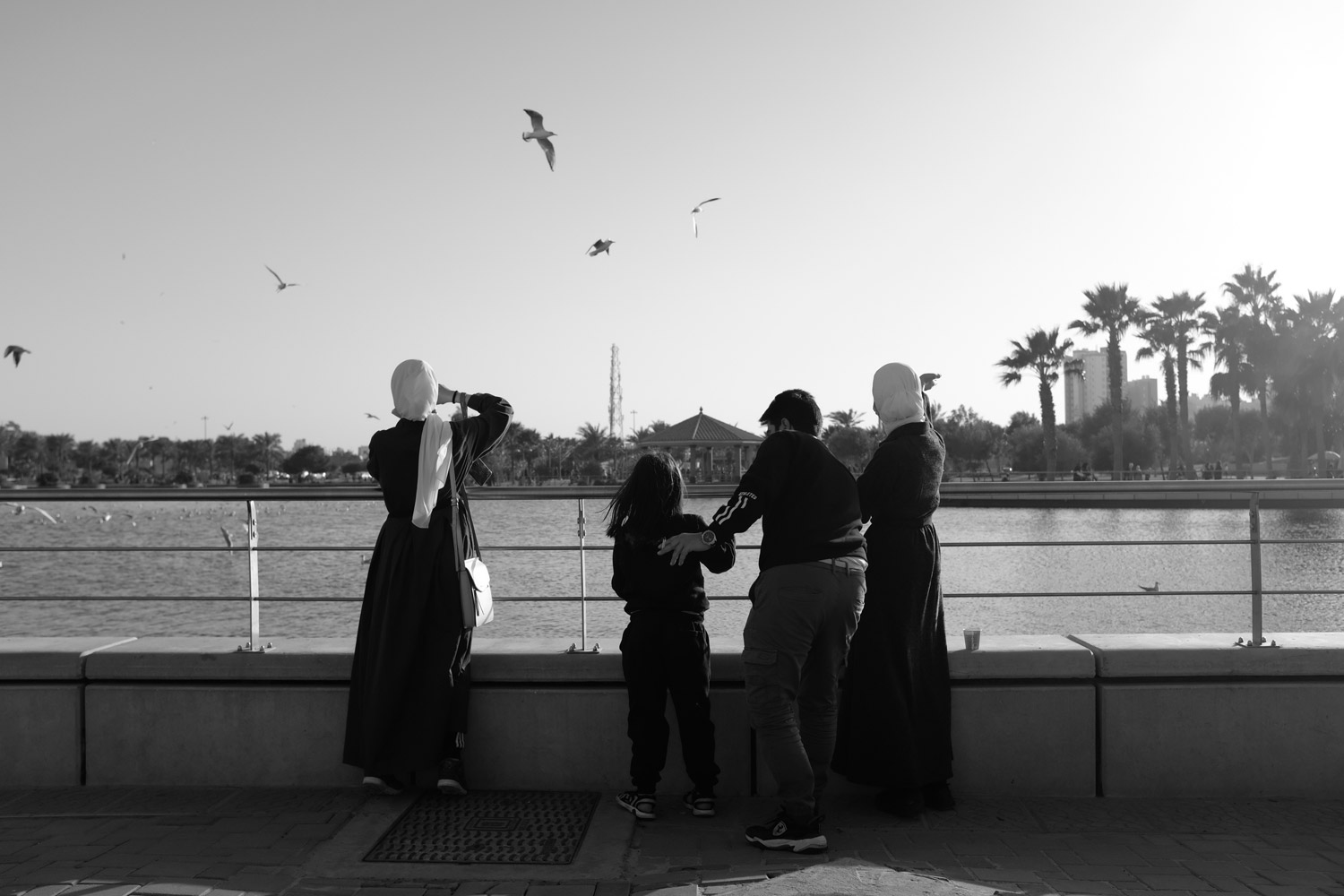
Maryam Alghanim
Alghanim’s project is a series of photographs that capture the lifestyle of a Kuwaiti family in both their homeland and abroad. Themes of heritage, cross culture, and new environments are highlighted to signify the adaptation of one’s lifestyle bridging with foreign worlds.
Alghanim is a conceptual photographer, interior architect and an art historian. Her work in self-portraiture and research interests revolve around the folding and unfolding of one’s identity in relation to one’s surroundings. Maryam is in a constant exploration of the deconstruction and reconstruction of one’s own perception of their representation of both their body and mind
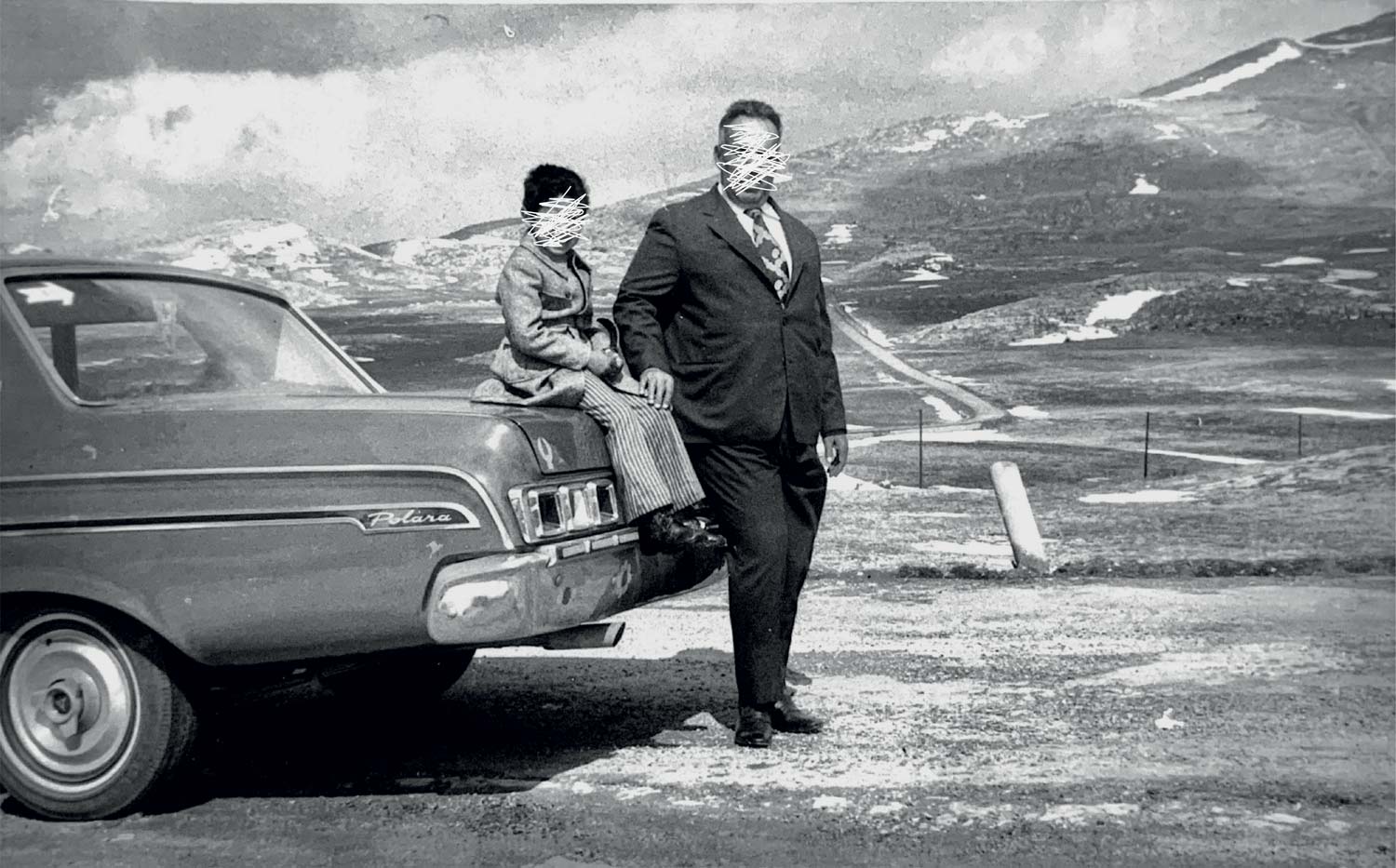
Samos
Samos‘ project ‘OF MOTION’ is a visual ritual blurred by the heat-stressed passages between utilities and settlements. During the challenging summer months, days are longer and journeys faster. The flow through place is directed by vehicles through glass barriers, hence the abstracted vision.
Samos pushes his to move to experiment with moments lost to memory. What remains a constant is the momentum through the concoction of land and people.
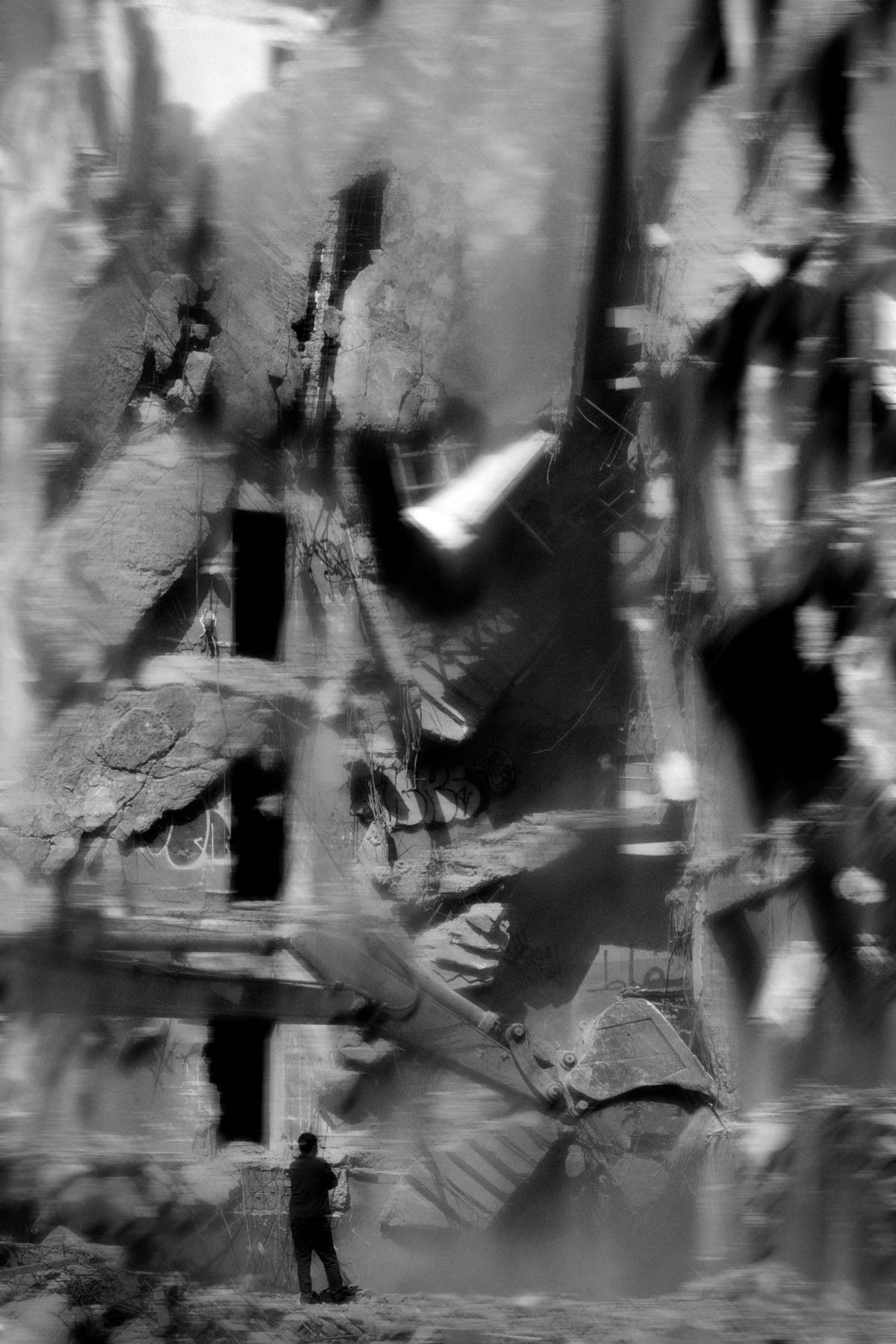
Sandra Pinedo
Pinedo‘s works sees how each place whispers a secret, a fragment of time, an aroma as a witness, an evaporated or eternalized moment; voices without language code are heard, and entering these spaces allows one to contemplate the feat… to be another, to be it, to be nothing, to be universal… one feels the passage of humanity and its desire… destruction or transformation? The organic balance is revealed before the eyes, the horizon is very generous.
Pinedo is an independent Spanish photographer based in Kuwait. Her relationship with photography began as a survival mechanism since moving to a new country. But it has since allowed her to reflect in images the point of union that connects us all with other cultures. The function of her photographs is to establish a connection that the viewer will define in their own way.
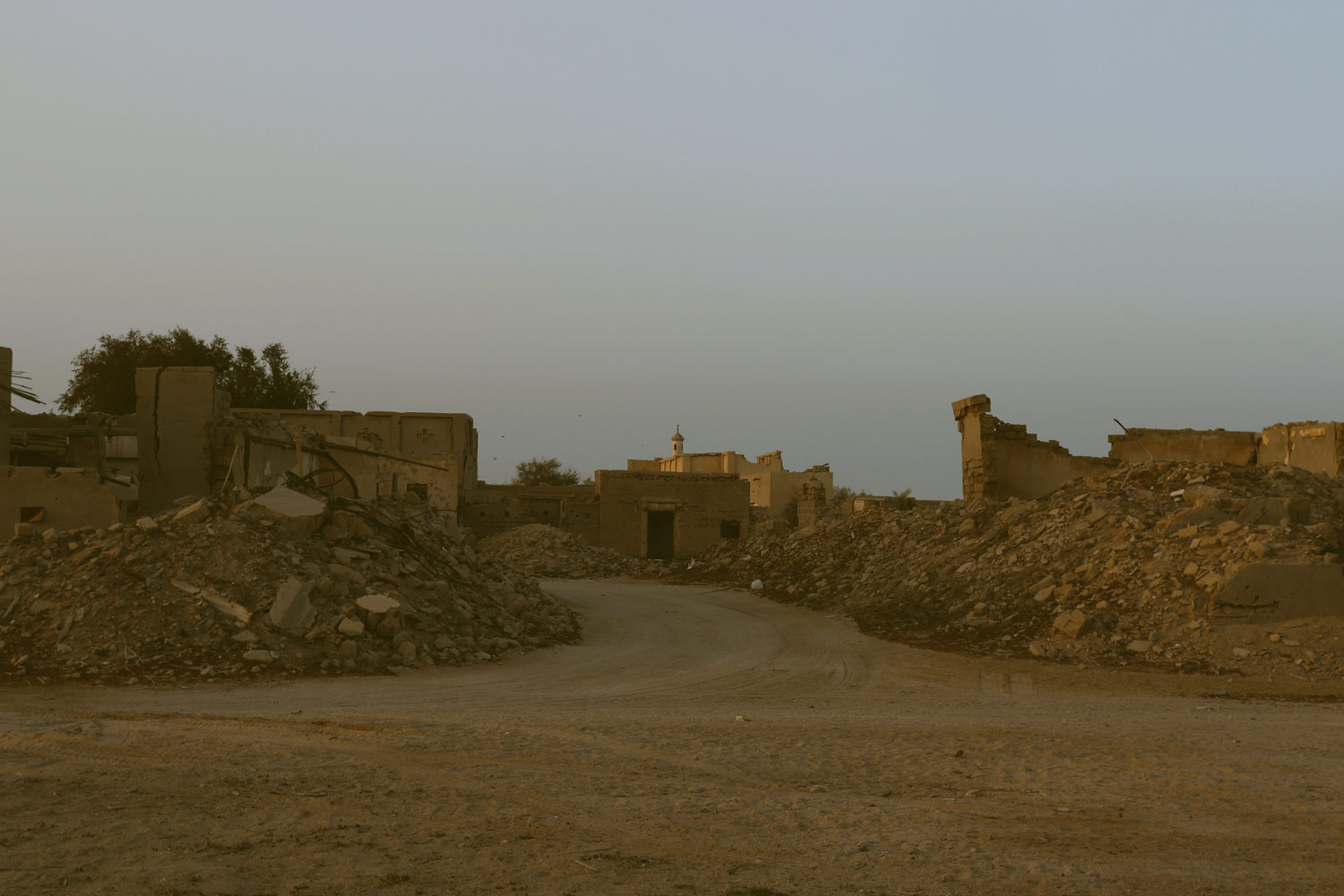
Shai Alfahran
Alfarhan creates works that often revolves around the sense of nostalgia and familiarity.
Alfarhan is a multidisciplinary artist and art collector who works mainly in the medium of collage.
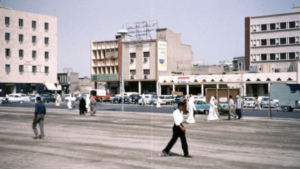
Anne Moffat
Moffat draws on familial ties to Malaysia, China, and New Zealand, as well as family migration to Australia, to inform her social documentation and portraiture.
Moffat is a photographer working across an array of editorial, commercial and personal projects currently based in Melbourne, Australia on unceded Wurundjeri land, and her work was awarded Jury’s Choice in the Prix Virginia (2020).
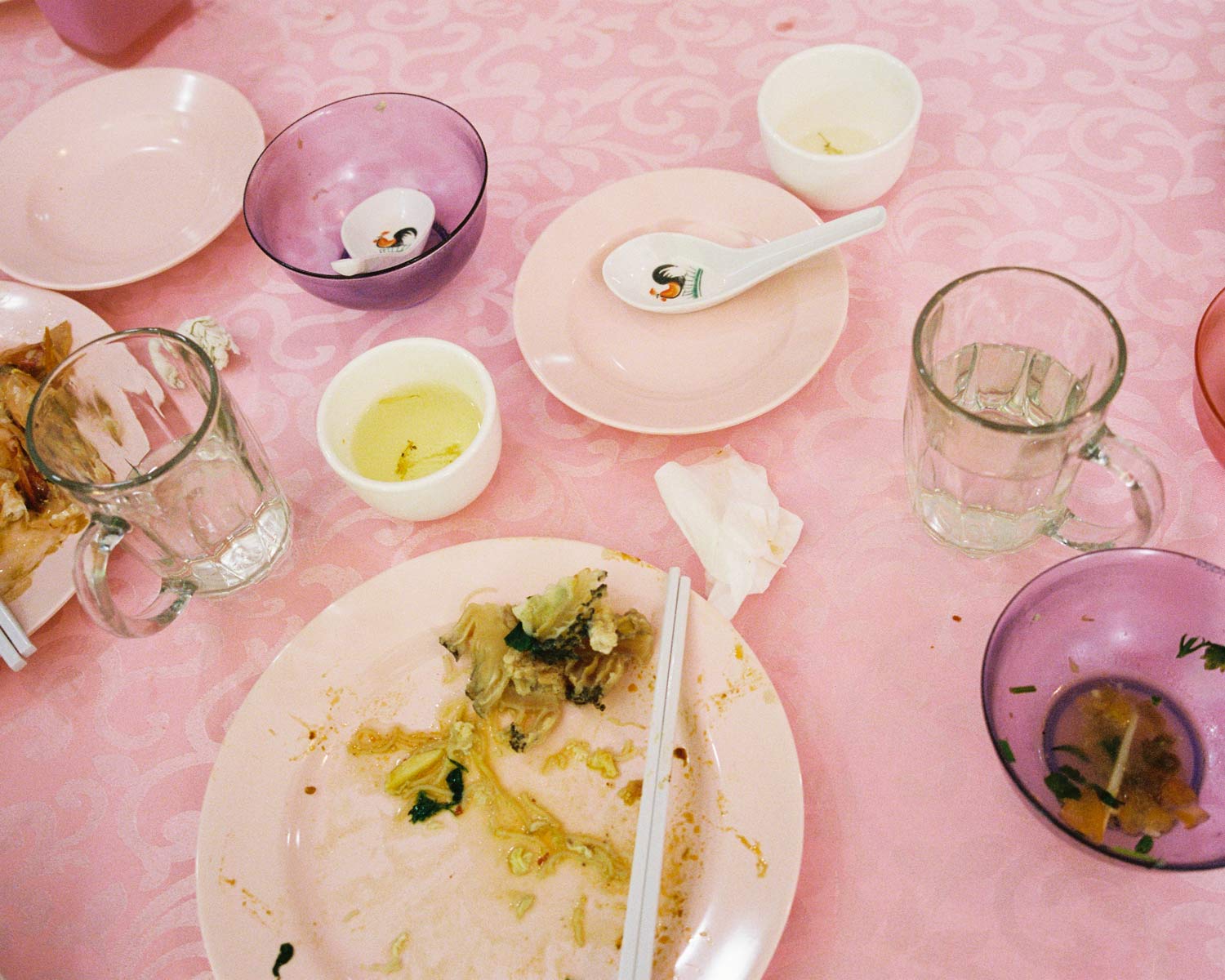
Chris Round
Round’s project The Grand Scheme photographs the infrastructure, landscapes, people and recreational activities through changing seasons, extreme local weather events, and record drought and flood conditions. With hope he has given the Snowy Hydro Scheme and the wider region a new visual perspective that adds to its rich history and national importance – a contemporary document of a landscape that changed in order for a nation to change.
Round is a landscape photographer based in Sydney. From documenting landscapes featuring direct human interventions to exploring ideas of place, his work primarily investigates our ever-changing relationship with the 21st Century environment.
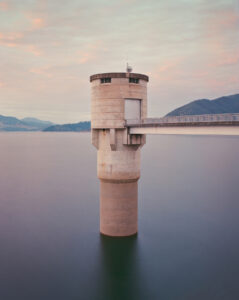
Kaede James-Takamoto
James-Takamoto’s project Milk Flower is driven by letters written to me by my father who is Australian and the relationship with my mother who is Japanese. These letters often omit certain memories or reveal how my own interpretation and experience of those memories differ from his. I examine how moments in our past often interact with each other, and create an incomplete, imperfect yet complex construction of who we are; the alluring fractures of memory.
James-Takamoto is a Japanese-Australian artist based in Melbourne/Naarm. The daughter of two sculptors, she was surrounded by art at a young age which has heavily impacted her ways of seeing. Kaede’s practice utilises a process driven experimental approach with a focus on belonging, identity, and place.
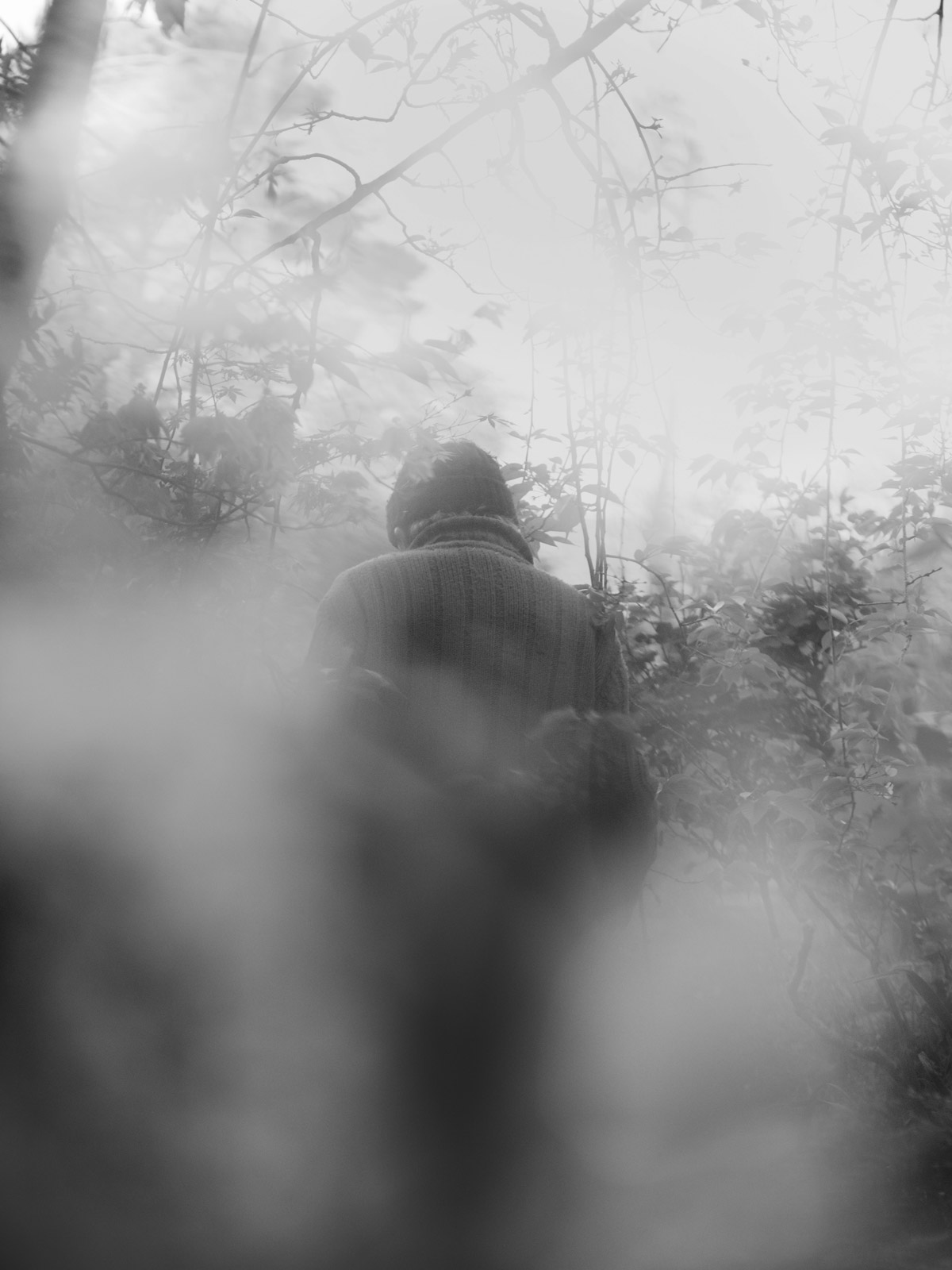
Lee Grant
Grant – “Like many of my fellow Australians, I worry about our future; about our moral compass as a nation and how, politically, we have arrived at what might arguably be the strangest yet most fragile of history’s intersections. It’s through this looking glass, examining everyday life along Australia’s arterial highways and secondary roads, that this project is being explored. Land of Oz explores the surreal nature of the Australian landscape and the multiple and varied narratives of our past and present.”
Grant is a Korean-Australian photographer and researcher based on the South Coast of NSW with a background in social anthropology. Her commissions and long-term independent and collaborative projects deal with themes of community, identity and belonging and how landscape (both natural and inhabited) relates to these concepts
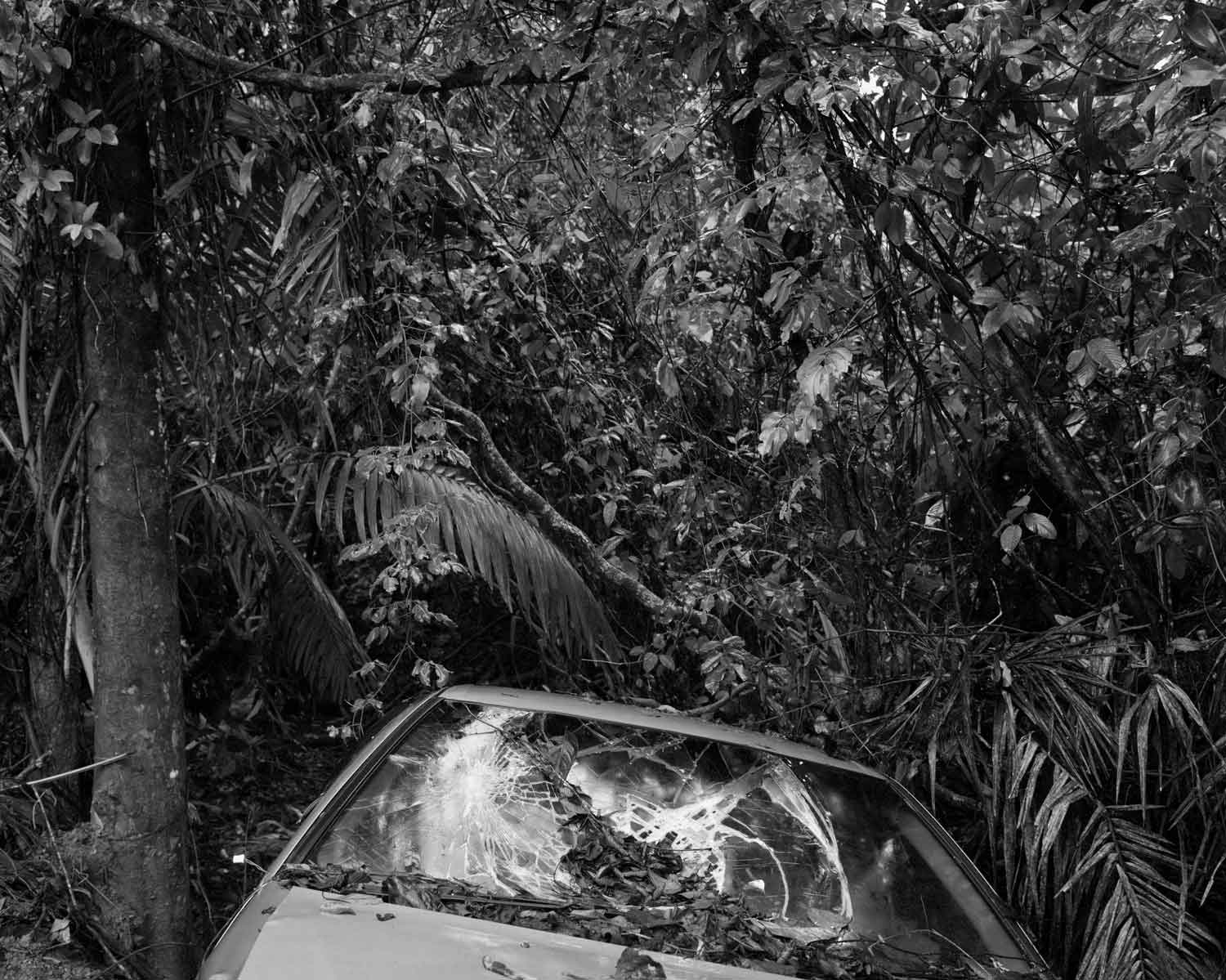
Mike Gray
Gray’s project Corrupt examines the nature–culture axis by bringing elements of the natural world together with the digital realm on the same visual plane through file manipulation.
Gray is an Australian artist who has exhibited nationally and internationally since 2003. Through predominately photographic and interdisciplinary lens-based works he examines dominant Western narratives that specifically intersect both Australian and personal concerns
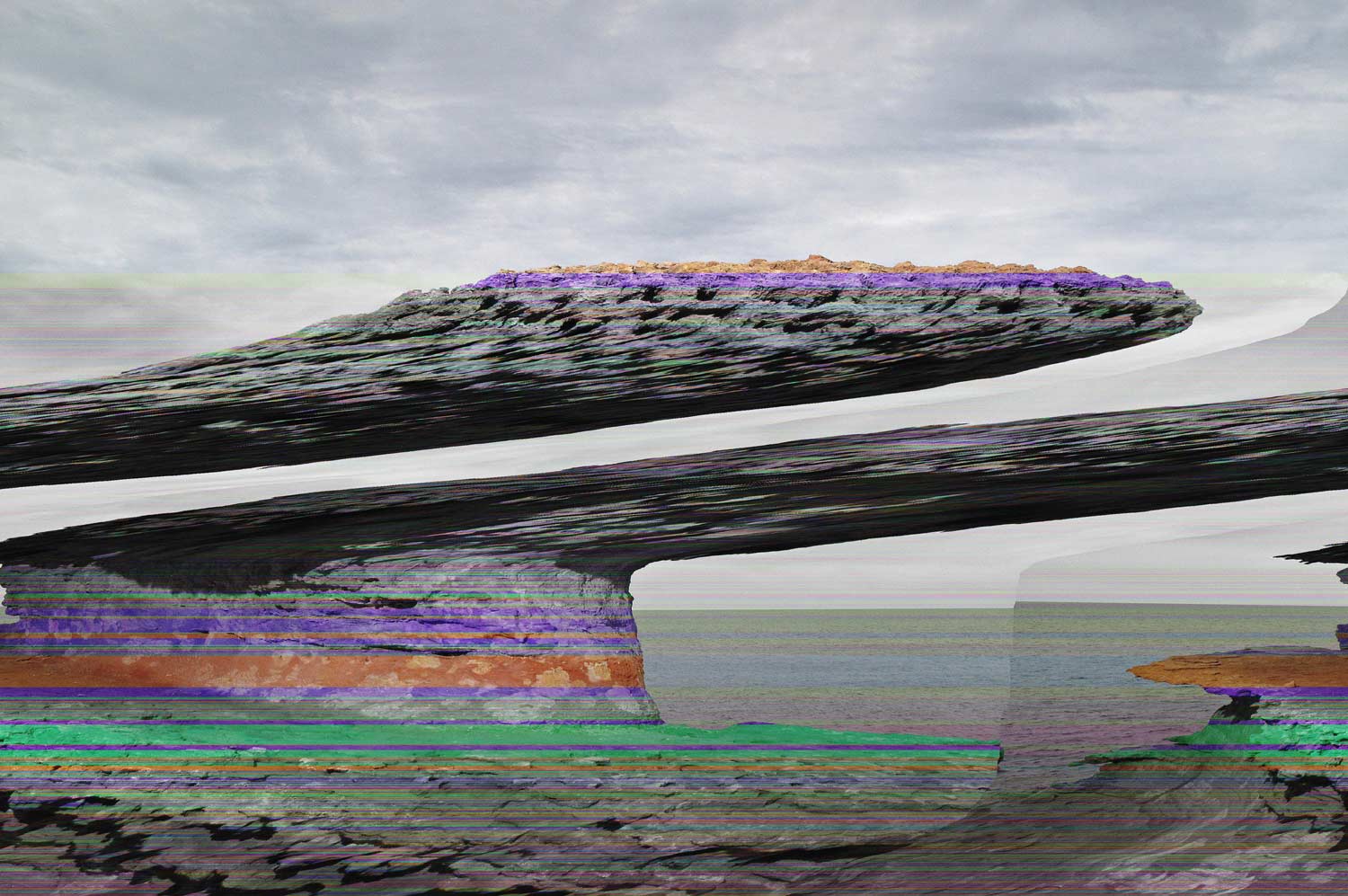
Nicholas Hubicki
Hubicki‘s project, ‘Another Green World’ is about a city that appeared identical to its former self, but wasn’t: Melbourne’s 112 day lockdown of 2020. The city became a place of invisible self-regulated boundaries, yet equally surveilled and policed, tangibly. The locked down city became a microcosm of photographic study; the city became – for those months – dystopian, sci-fi in real-time, a Foucauldian paradigm. The entropics of architecture, botany, technology, geology frozen in Silurian time – ongoing interests – became meditations within a restricted radius.
Hubicki’s work focuses on both the constructed and natural world, drawing upon sources such as architecture, urbanism, entropy, botany and geology. His work is conceived less as individual documents than as a discourse between things: their state, genealogy and memory.
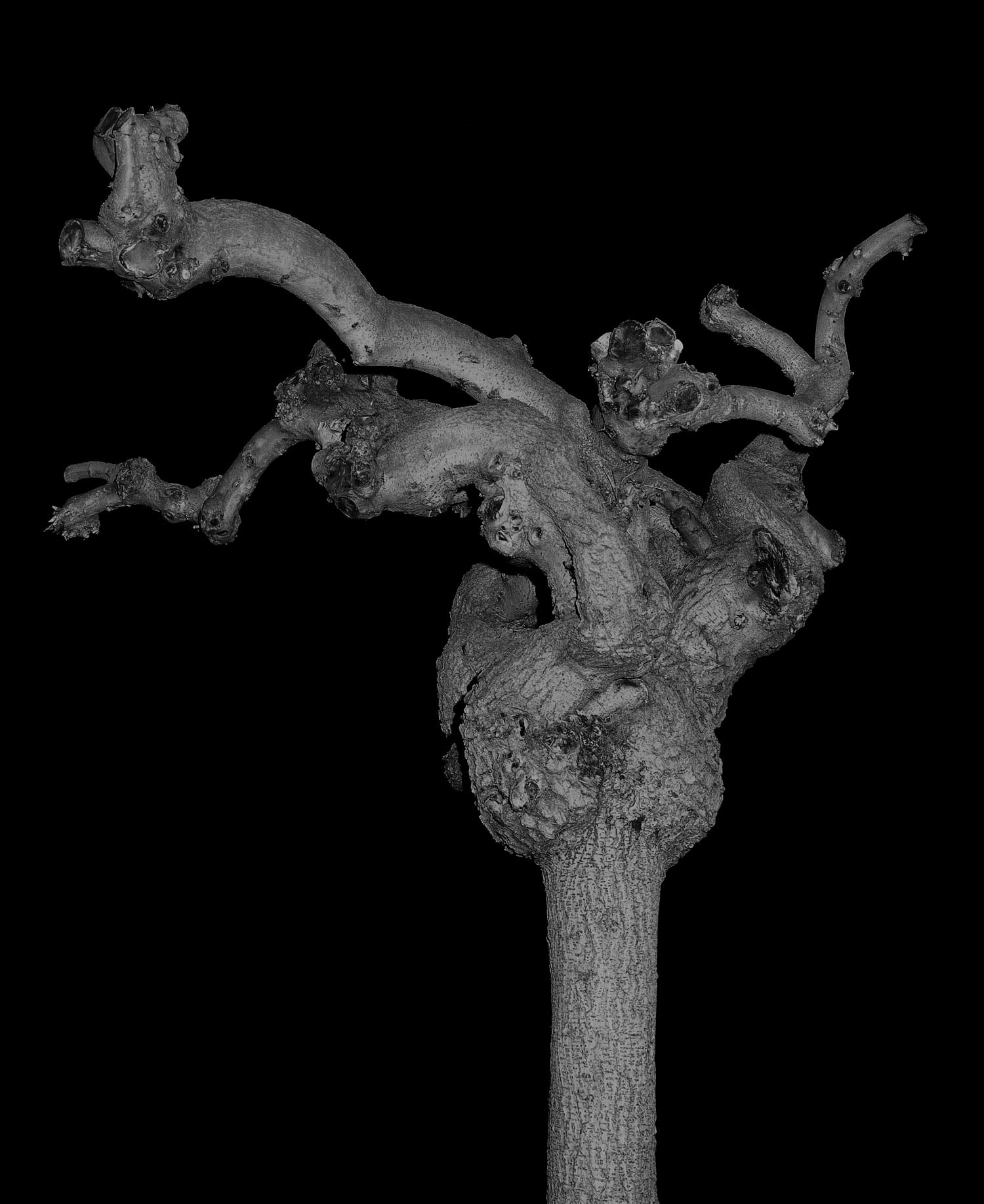
Noah Thompson
Thompson‘s project, Huon, is inspired by the conflicts we come into with one another over protecting or exploiting the natural world. The tensions that underpin these apparent dichotomies are not black and white but instead colored by traditions, livelihoods and community. Reinforced by notions of how we want to live and the means by which we can, this work traces the marks we leave on the earth, ourselves and each other.
Thompson is an Australian photographer working with expanded modes of documentary making. Coming from a background in political science and with an interest in visual narratives, his work examines the ways in which individual and community circumstance play out amongst broader social, political and cultural events.
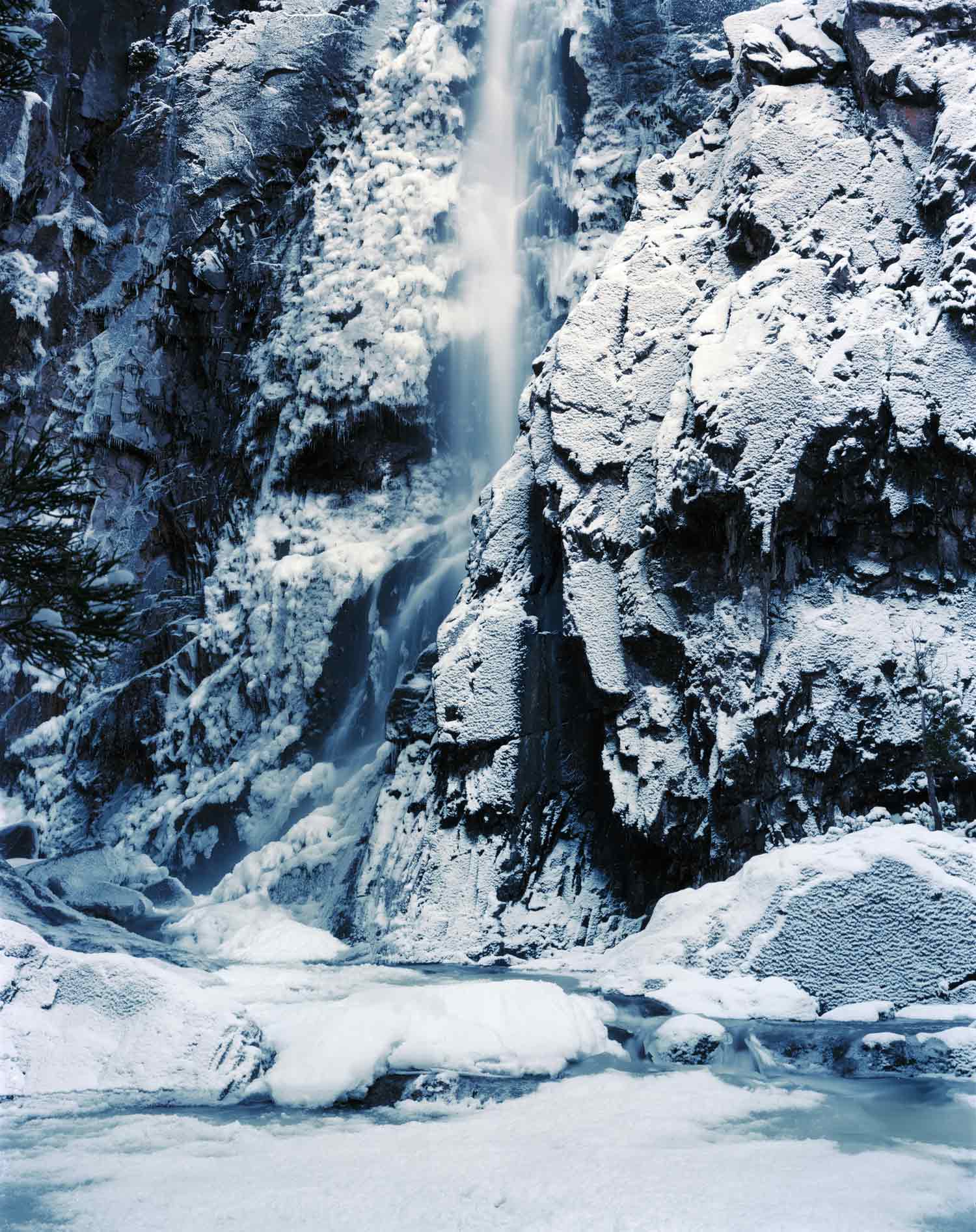
Paul Batt
Batt’s series, Service Station Portraits, is part of an ongoing project documenting the self-reflective moments on the faces of individuals, at the service stations. They were made from his apartment with telephoto lens.
Batt is currently a PhD candidate in Fine Art (Photography) at Monash University, whose work has been exhibited widely throughout Australia and overseas in both group and solo exhibitions.
